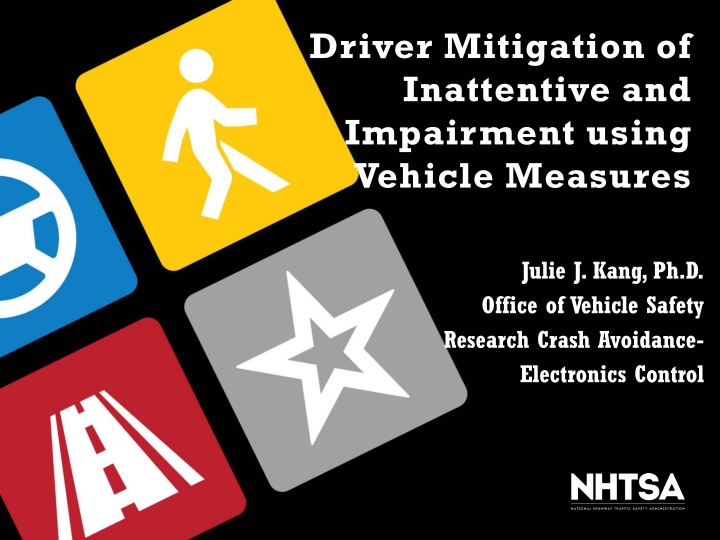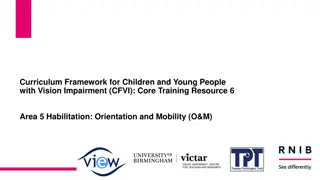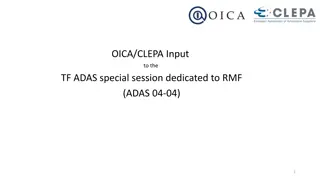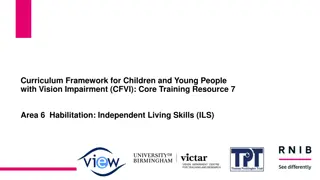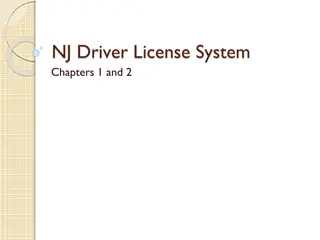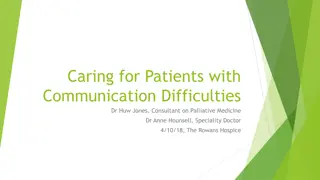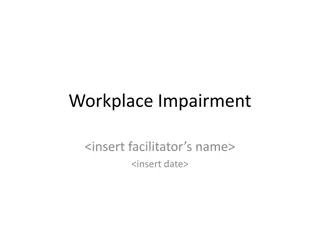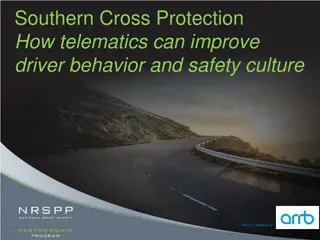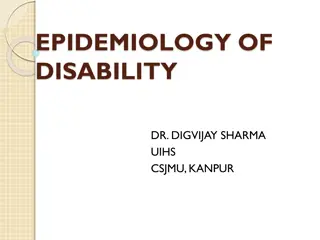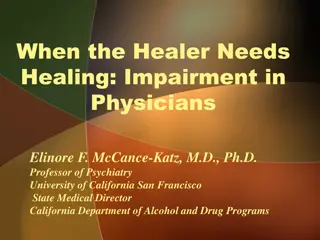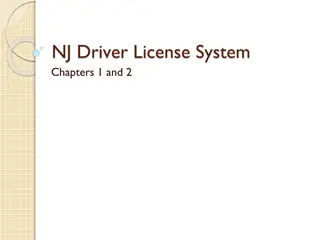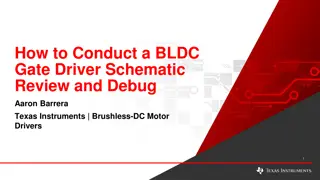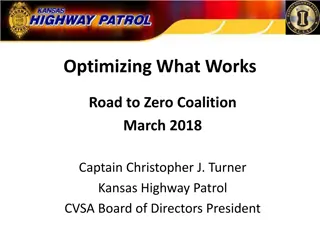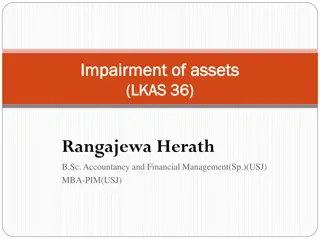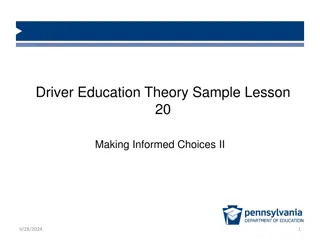Driver Mitigation of Inattentive & Impairment Using Vehicle Measures
Research explores the origins and importance of sleep, addressing the dangers of drowsy driving. It delves into the behavior of jellyfish to understand primitive sleep patterns, emphasizing the necessity of adequate rest for safety on the roads. Technological solutions like Driver Monitoring of Inattention and Impairment using Vehicle Measures (DrIIVE) are investigated to combat the risks associated with impaired driving.
Download Presentation

Please find below an Image/Link to download the presentation.
The content on the website is provided AS IS for your information and personal use only. It may not be sold, licensed, or shared on other websites without obtaining consent from the author.If you encounter any issues during the download, it is possible that the publisher has removed the file from their server.
You are allowed to download the files provided on this website for personal or commercial use, subject to the condition that they are used lawfully. All files are the property of their respective owners.
The content on the website is provided AS IS for your information and personal use only. It may not be sold, licensed, or shared on other websites without obtaining consent from the author.
E N D
Presentation Transcript
Driver Mitigation of Inattentive and Impairment using Vehicle Measures Julie J. Kang, Ph.D. Office of Vehicle Safety Research Crash Avoidance- Electronics Control
Jellyfish caught snoozing give clues to origin of sleep (Nature, 2017) The purpose and evolutionary origins of sleep Can t explain why Every complex animal sleeps How minimal can an animal s nervous system get before the creature lacks the ability to sleep? They selected the jellyfish because they have neurons but no central nervous system. 2
Sleep Researchers observed pulses decreased by 1/3 Slower to respond to external stimuli Even an organism without a brain shows sleep-like behavior Suggests that origins of sleep are more primitive than thought All animals sleep 3
Importance of Sleep and Safety A 2002 NHTSA-sponsored Gallup survey 95% of the driving population considered drowsy driving threat to safety AAA s 2014 Traffic Safety Culture Index Drivers consider it unacceptable for people to drive when they are so sleepy that they have a hard time keeping their eyes open More than 1 in 4 drivers reported having driven when they were so tired that they had a hard time keeping their eyes open in the past 30 days. 1 in 5 reported having done this more than once 2.4 percent reported having done this fairly often or regularly. 4
Technological Solutions for Drowsy Driving Shift of cultural perspective Driver Monitoring of Inattention and Impairment using Vehicle Measures (DrIIVE) To better understand the potential of the classification algorithms To demonstrate the effectiveness of potential countermeasures 7
Goals of DrIIVE Project Develop a capability to accurately identify and distinguish among alcohol- impaired, drowsy, and distracted driving. More fully understand the signatures of impaired driving and the potential of a system of classification algorithms to identify these signatures. Identify and evaluate the effectiveness of vehicle-based countermeasures. 8
Algorithm Vehicle sensors Steering, pedals Camera forward, driver facing Cost, Public Acceptance, Market Signal Detection Window length Case Classification Driver performance v.s. steering trends Standard for Performance Testing 9
Mitigation What do we want the driver to do? How early can you detect? Depending on driver state and algorithm, a system could: Alert the driver, and other drivers Augment warnings Limit dangerous behavior, such as speeding Provide feedback to shape behavior Need to detect impairment and inattention at multiple levels: drive, event, or in real time
Research Objectives Refine and implement algorithms for real-time detection of driver drowsiness Does real-time drowsiness mitigation reduced risk, specifically risk of drowsiness-related lane departures? Do characteristics of the mitigation interface affect efficacy? Are staged alerts more effective than discrete? Does modality influence mitigation efficacy? Do real-time mitigation alerts reduce subjective drowsiness? Are forward collision warnings effective for drowsy drivers? 11
Criteria for Algorithm Evaluation Accuracy: The accuracy of a classifier is the percentage of the test set cases that are correctlyclassified by the classifier. Sensitivity: Sensitivity is also referred as true positive rate i.e the proportion of positive casesthat are correctly identified. Precision: precision is defined as the proportion of the true positives against all the cases called positive results (both true positives and false positives) Specificity: Specificity is the true negative rate that is the proportion of negative cases that are correctly identified PPV or positive predictive value: proportion of the true positives against all the cases called positive. NPV or negative predictive value: proportion of the true negative against all the cases called negative Algorithm robustness (accuracy of algorithm within several different scenarios) Acceptable false alarm rate or miss rate Timeliness 12
Mitigation What do you want the driver to do? How do you alert drivers? What sensory modality is used? Does the alarm increase in intensity and/or repeat more frequently as the level of impairment detected increases? Does the system requires the driver interaction to silence or re-set the system? The present effort may find that this is sufficient, but will not learn whether it is necessary (it is not varied). 13
Wrap-up We need to continue to discuss the path forward for: Better data to objectively understand the effects of drowsy driving and responses to countermeasures Spreading the word about the risks associated with drowsy driving, along with indicators and strategies for dealing with it Clear laws and policies to help transform attitudes and behaviors regarding drowsy driving Developing and testing technology solutions to drowsy driving to aid drivers when they find themselves sleepy while driving 14
THANK YOU FOR YOUR ATTENTION JULIE.KANG@DOT.GOV 15
The Risks and Who is Most Affected Drowsy Driving is not just falling asleep Impaired alertness, attention, reaction time, judgment, and decision- making Higher crash risk for people who: Have a sleep disorder Sleep less than 6 hours/night Young male drivers (17-23 years old) Shift workers Driving on rural roads and highways Driving between midnight and 6 am especially on the weekend Drinking Alcohol or using other sleep inducing drugs
